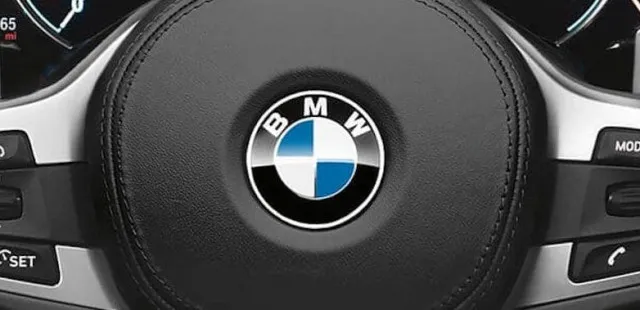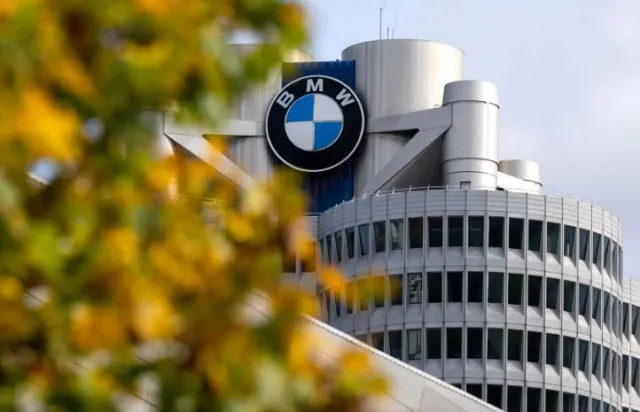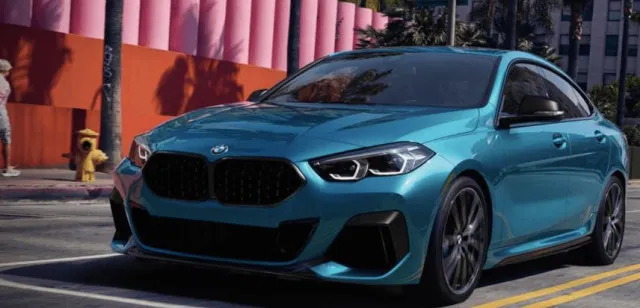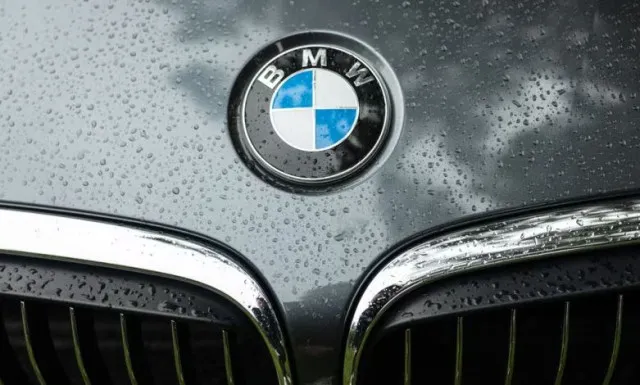BMW is one of the world’s most recognized names in the automotive industry.
Known for its luxury and high-performance vehicles, the brand has become synonymous with quality and precision.
However, despite its global fame, many people remain unaware of what the acronym “BMW” actually stands for.

The meaning behind the name, the brand’s history, and the story of its iconic logo are questions for someone.
What does it mean?
BMW stands for “Bayerische Motoren Werke”, which translates from German to “Bavarian Motor Works”.
As the name suggests, the company has its roots in Bavaria, a state in southern Germany, with its headquarters based in Munich.
But BMW wasn’t always called this.
Originally, it was known as ‘Bayerische Flugzeugwerke AG,’ which means ‘Bavarian Aircraft Work,’ reflecting its beginnings as an aircraft engine manufacturer.”

Despite changing its name to focus on a wider range of vehicles, the company’s reputation for building aircraft engines persisted.
The Logo: A misunderstood symbol
BMW’s logo is one of the most recognizable in the world, but its true meaning is often misunderstood.
Many people believe that the circular logo represents a rotating propeller, a nod to BMW’s early aviation history.
In fact, BMW itself fueled this belief in a 1929 advertisement that played into the propeller imagery.
However, the truth is a bit different. The blue and white sections in the logo are inspired by the “Bavarian flag”, which features a blue and white diamond pattern.
At the time the logo was created, local laws prohibited the use of state symbols for commercial purposes.
As a result, BMW cleverly incorporated the Bavarian colors into their design without directly copying the flag.
This blend of creativity and homage to its Bavarian origins continues to adorn every BMW vehicle.
During world War II: A challenging history
BMW’s involvement in World War II is an essential part of its history.
During the war, the company contributed to the German war effort by producing engines for military aircraft.
However, following Germany’s defeat in 1945, BMW found itself in a tough position.
The demand for luxury cars was low, and the market was saturated with affordable vehicles.
In response to these challenges, BMW began shifting its focus.

By the 1960s, the company began producing more accessible yet sporty cars.
This shift catered to the growing demand for performance-driven automobiles.
Models like the **2002 Turbo** helped BMW solidify its reputation as a premier high-performance car manufacturer.
Today: A legacy of luxury and performance
Today, BMW is one of the most successful car manufacturers in the world.

It ranks as the “ninth largest automaker globally”, selling over two million vehicles annually.
The brand has evolved far beyond its aviation roots to become a symbol of luxury, innovation, and driving excellence.
From the classic 3 Series to the futuristic i8, BMW continues to shape the future of the automotive industry while honoring its rich history.
BMW may stand for “Bavarian Motor Work”, but its legacy is far more profound.

It has evolved from its origins in aircraft manufacturing to its dominance in the luxury car market.
The brand has built a reputation that combines innovation, performance, and heritage
The next time you see a BMW logo, you’ll know it’s more than just a propelle.
It’s a symbol of Bavarian ingenuity and automotive excellence.
